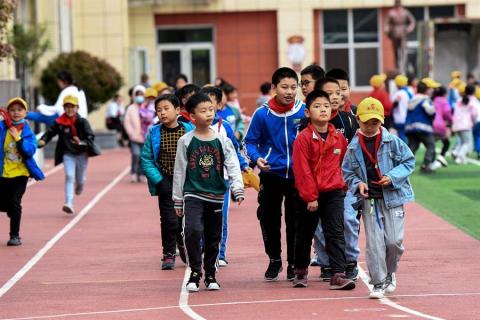China posts slowest population growth in decades

China's population has grown at its slowest pace in decades, reaching 1.41 billion, census results showed on May 11, highlighting fears of a looming crisis over an ageing society.
The growth of 5.4 percent was the slowest since the 1960s, due in part to falling birthrates and a sharp drop in the number of working-age people.
After decades of a controversial "one-child" policy, Beijing in 2016 allowed families to have two children as fears grew about China's shrinking workforce. But it is yet to produce the expected baby boom to help offset the country's ageing population.
"The adjustment of China's fertility policy has achieved positive results," said Ning Jizhe, an official from the National Bureau of Statistics.
But he added that the "ageing of the population imposed continued pressure on the long-term balanced development of the population." The number of people aged between 15 and 59 dropped nearly seven percentage points, while those over 60 was up more than five percentage points.
Falling marriage rates in recent years have impacted on birth rates, as well as rising costs, plus women naturally delaying or avoiding childbirth due to their growing empowerment.
He said the coronavirus pandemic had also slowed birthrates.
"The Covid-19 epidemic increased the uncertainty of everyday life and increased worries around hospitalized childbirth, which further reduced residents' willingness to give birth," Ning added.
There were around 12 million births in 2020, he told reporters. This is down from 14.65 million births the year before - when Beijing reported the slowest birthrate since Communist China was founded in 1949.
The average size of a family is now 2.62 people, census data showed, down from 3.10...
- Log in to post comments










